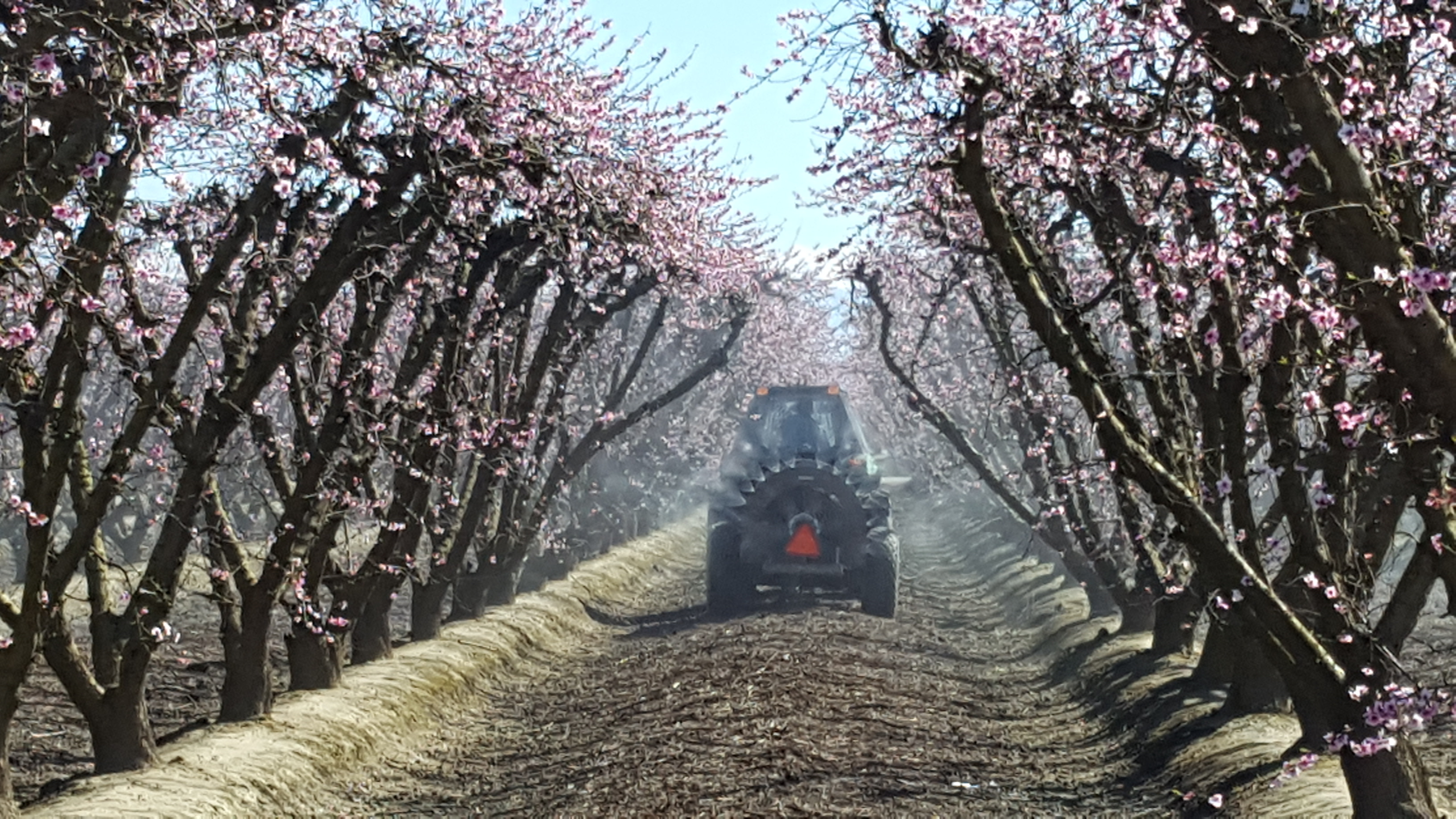When Spraying, Avoid Water, Bees and High Wind
Spraying Safely Prevents Major Issues
By Laurie Greene, Founding Editor
Safe spraying is an important topic. Making sure that crop protection spray materials stay on target is at the interest of all growers, Tim Pelican, Agricultural Commissioner for San Joaquin County, explained recently to California Ag Today.
“We want to make sure that we are not applying sprays to water bodies, especially standing water or running water,” Pelican emphasized, “Especially because it will run off into other larger bodies of water. If you look at any product label, it will tell you not to apply to standing water. The scenario will show up in our water coalition’s work reports.”
“Drift in the Delta can be an issue because of the high winds out there,” he explained. “So, we must avoid spraying during high winds to avoid drift issues. Another issue we have is when blast sprayer operators do not turn their rigs off at the end of a row. So they come out and make their turn, and then we receive complaints about vehicles being sprayed or something like that.”
“Spray safety hazards have been coming from a variety of materials,” Pelican reported. “We have had issues with people using sulfur, copper or something similar; it could be any material, so spray safety is always important.”
“When it comes to spraying in San Joaquin County,” Pelican said, “We treat more than just almonds. Cherry crops require sprays as well. Melon crops are big users of apiaries, so we aim to make sure that people have as much information as they can so that they can make wise application choices.”
“Another suggestion is not spraying during the day when bees are active, even if the label states that it is okay, do not apply.”












